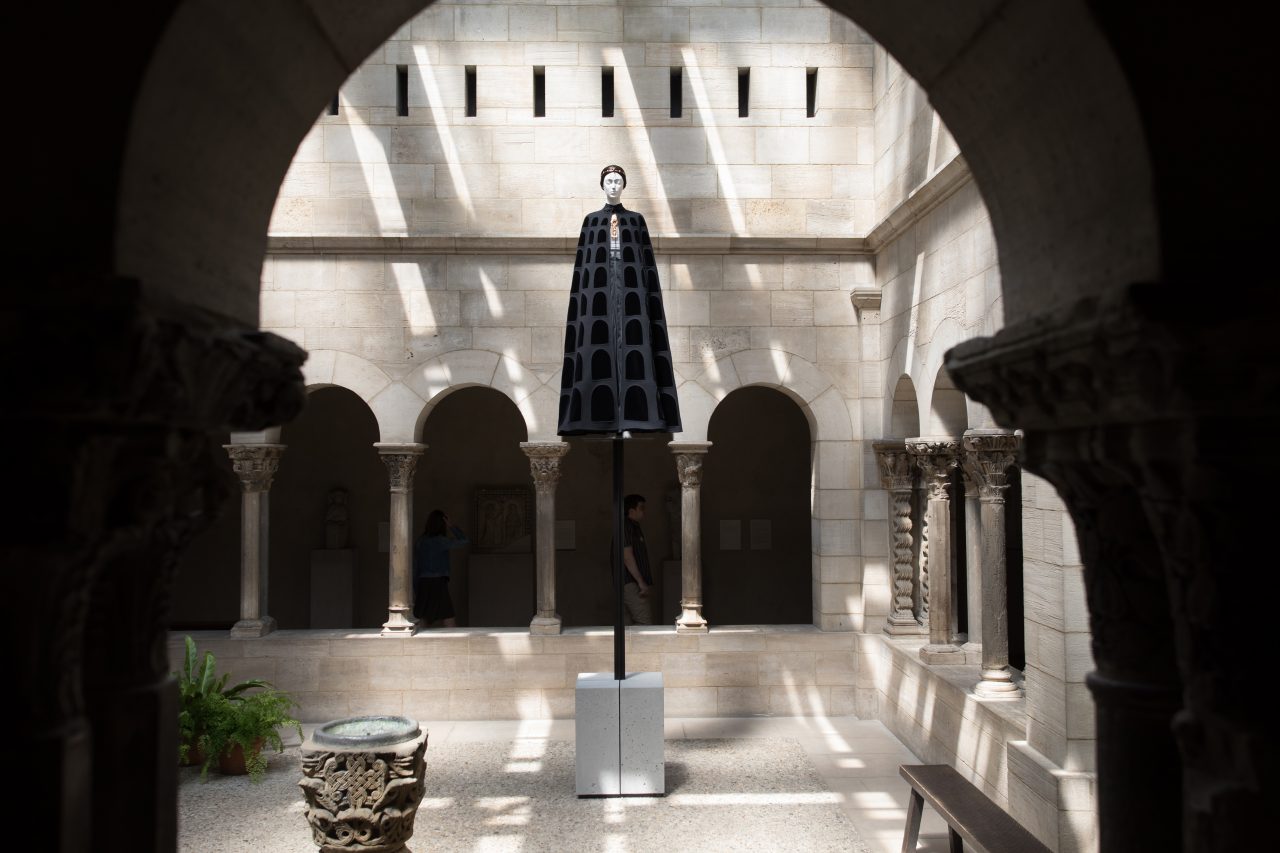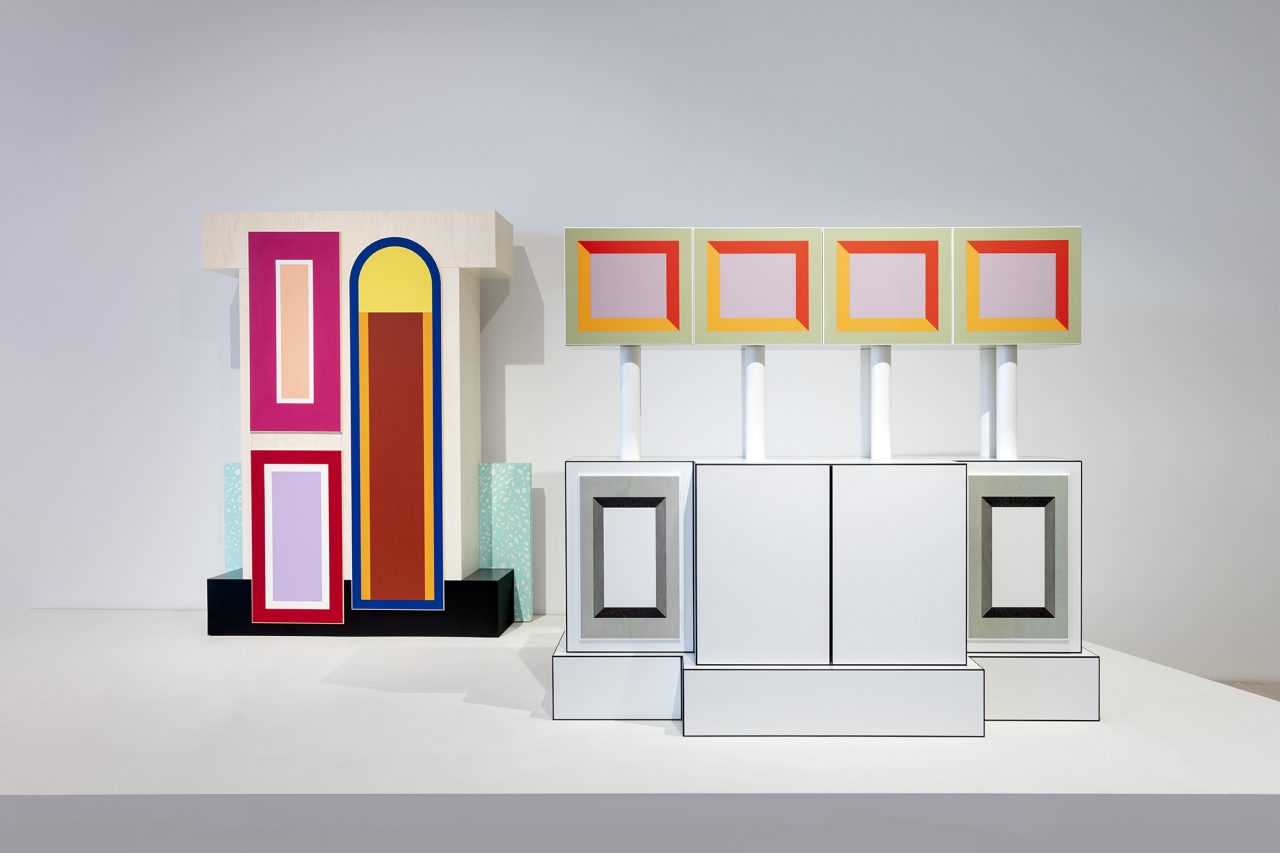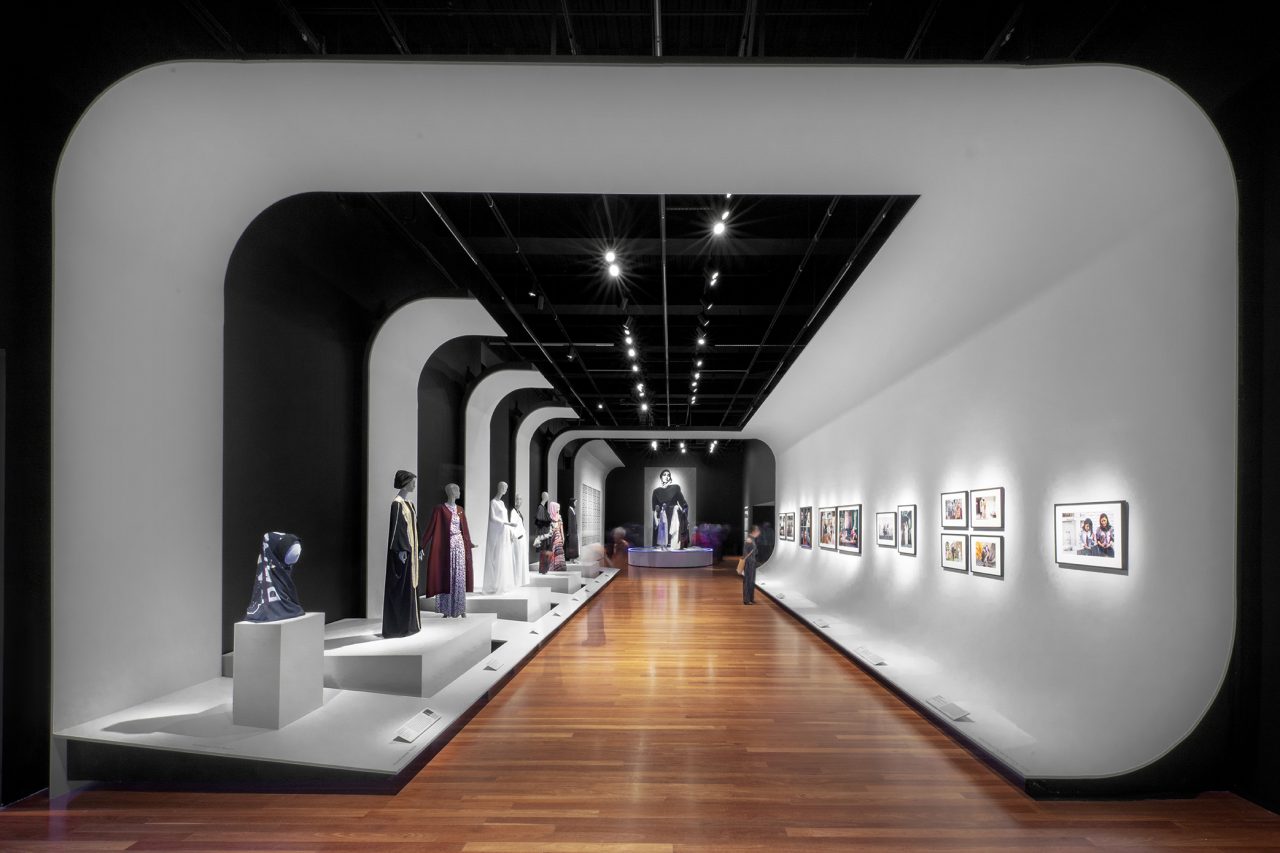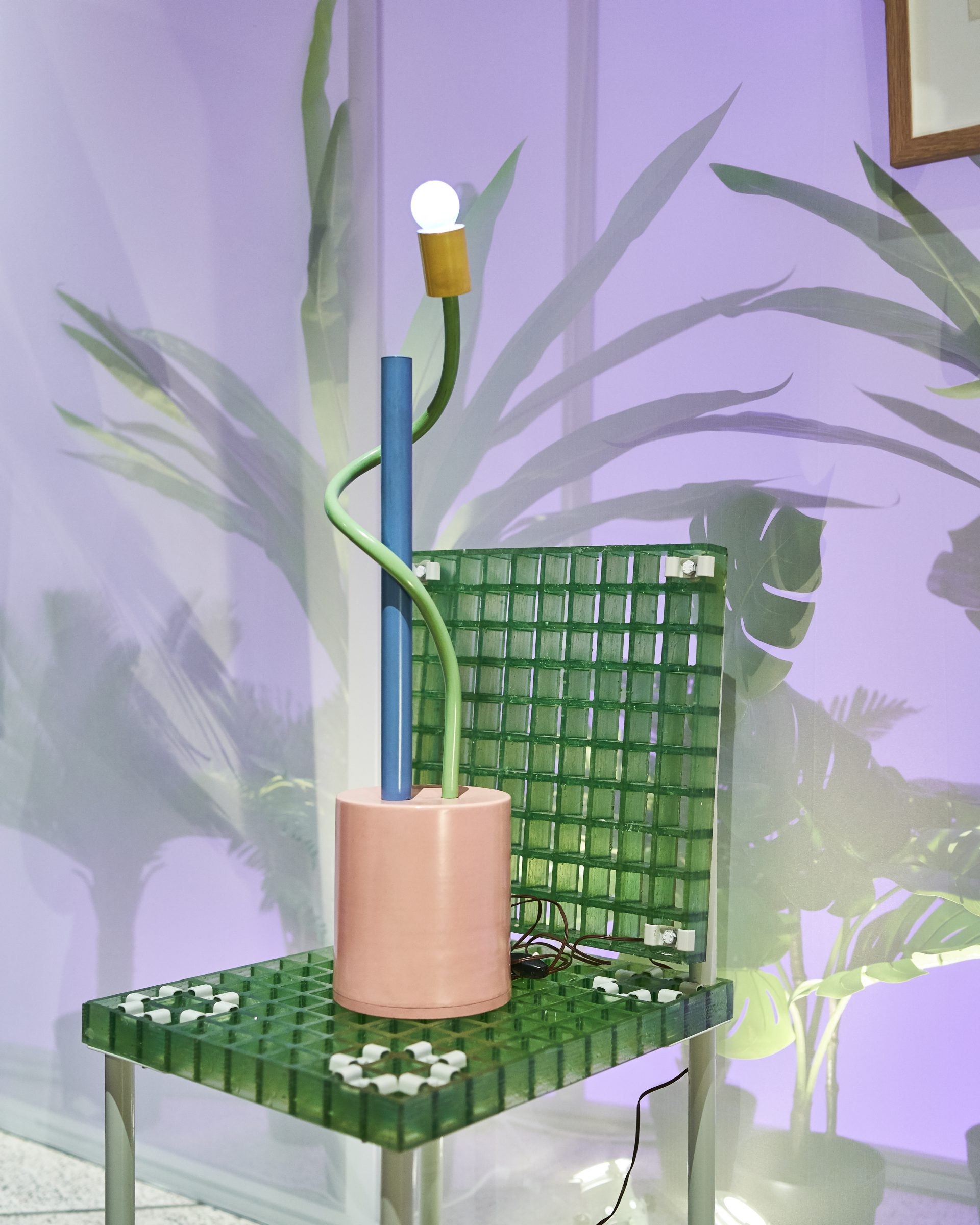Too often, museums mount exhibitions in a uniform style. Monochromatic podiums, display cases, and partition walls are carefully distributed in bland white-cube spaces so as not to detract from the works on view. While the argument for this restrained method remains valid in many respects, a new push to break the mold and diversify exhibition design is challenging the status quo. In a world where people’s attention spans have shortened, and engagement is harder to come by, major cultural institutions have had to rethink the standard exhibition model. Top museums have begun using theatrical devices and the latest technology to program immersive shows that draw in crowds. However, the line between true engagement and sensationalist appeasement in these contexts has become harder to distinguish.
Multidisciplinary architecture firms are helping to refine this new approach. Tapped by top institutions, these practices develop dynamic designs that expand the curatorial visions of various shows but also enrich visitor experience. Architectural elements become holistic environments that translate clear storylines. Applying their expertise to this medium is similar to working in interior design. However, the museum gallery is a different type of “blank canvas” which provides architects with the freedom to experiment. Instead of being taken for granted, exhibition design has come out of the shadows and is now understood as a crucial element of any program. The following selection of current and recent architect-designed exhibitions represent a range of approaches that constitute this new trend.

Shohei Shigematsu/OMA
Dior: From Paris to the World
Denver Art Museum
November 19, 2018, to March 17, 2019
Presented at the Denver Museum of Art recently, Dior: From Paris to the World was a comprehensive retrospective that surveyed 70 years of the French fashion house’s output. One hundred fifty haute couture garments were placed next to accessories, photographs, sketches, video footage, archival material, and other ephemera. With significant prior experience designing exhibitions, OMA New York head Shohei Shigematsu conceived this show as a sequence of thematic displays. These vignettes referenced the different era-specific styles of Dior’s oeuvre and transported visitors through a historical timeline.

SO-IL
Home Futures
Design Museum, London, in partnership with
IKEA Museum Älmhult
November 7, 2018, to March 24, 2019
Taking our contemporary homes to task, Home Futures was a survey show that compared 20th-century living prototypes with the latest domestic innovations. The critical exhibition placed key works by avant-garde figures and collectives—including Ettore Sottsass, Joe Colombo, Superstudio, Archigram, Alison and Peter Smithson, Hans Hollein, Jan Kaplicky, and Dunne & Raby—in dialogue with a contemporary selection of speculative interior concepts. New York–based architecture firm SO-IL designed the show as a nonlinear series of dreamlike passages and thematic rooms that immerse visitors in yesterday’s visions of the future.

Diller Scofidio + Renfro
Heavenly Bodies
Metropolitan Museum of Art, New York
May 10 to October 8, 2018
In spring 2018, the Metropolitan Museum of Art’s Costume Institute mounted the Heavenly Bodies exhibition in the museum’s Byzantine and medieval galleries, Costume Center, and Cloisters branch. The show explored the concept of Catholic devotion and tradition by displaying Papal robes and accessories from the Sistine Chapel’s sacristy alongside haute couture pieces from the past decade that relate to this theme. The interplay of existing scenery and thematic fashion gave New York–based Diller Scofidio + Renfro a strong platform from which to stage discrete interventions. The architecture firm’s careful calibration of lighting, podiums, and strategic layout had a dramatic impact.

Frida Escobedo
Ettore Sottsass and the Social Factory
ICA Miami
April 18 to October 6, 2019
Mounted as part of a new biannual exhibition initiative dedicated to exploring postwar and contemporary design through an art-historical lens, Ettore Sottsass and the Social Factory is a new retrospective of the influential Italian architect and designer’s wide-ranging career. The exhibition places Sottsass’s work within the broader social and economic contexts of the postwar period in which it was produced. Celebrated Mexican architect Frida Escobedo designed the show as a series of discrete spaces that are divided by scrim walls. These structural elements allude to Sottsass’s frequent use of screens and room partitions in various interior and showcase projects.

Hariri & Hariri Architecture
Contemporary Muslim Fashions
de Young Museum, San Francisco
September 22, 2018, to January 6, 2019
Exploring the complex and disparate nature of Muslim dress codes worldwide, the recent Contemporary Muslim Fashions exhibition revealed how women of this faith define the idea of modesty through fashion. Gisue and Mojgan Hariri, of New York–based Hariri & Hariri Architecture, tapped into their own Iranian upbringing and heritage while developing their de Young Museum installation. Responding to the current political climate, the duo’s design played on the duality between the dark perception of Muslim culture and its exuberant reality. The galleries’ existing walls were painted black, and as a sharp contrast, a series of bright-white structures displayed different garments and photographs.
